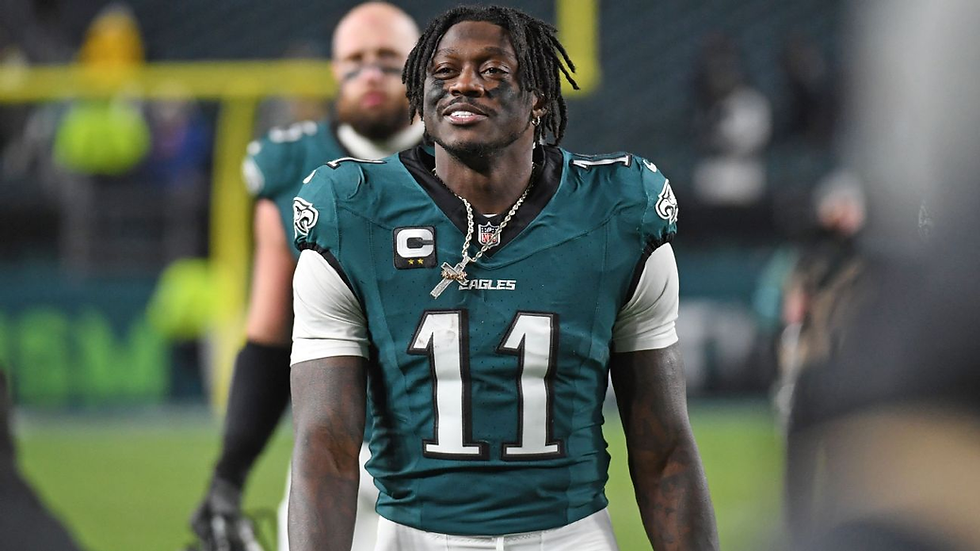The “NFL Hybrid Kickoff”: A Breakdown of the NFL’s New Kickoff Rule
- Wyatt Bose

- Mar 6, 2024
- 3 min read
The NFL extended the “fair catch” into the field of play last year in an effort to mitigate injuries. This effectively eradicated the kickoff, as only 22% of kickoffs were returned last season. Hence, the NFL tasked its special teams coordinators to engineer a new rule this offseason that would restore the excitement of kickoffs and minimize injuries. They are calling it the “NFL Hybrid Kickoff.”
The play will begin with a kick from the 35-yard line, but only the kicker will line-up on that side of midfield. The remaining ten players on the kickoff unit will line-up on the return team’s 40-yard line. This abolishes the 25-yard run-up that teams had in the past, which addresses a key contributor to concussions during kickoff plays.
The return team must place nine players between their 35 and 30-yard line, with six players lined-up on the 35-yard line and three who are allowed to line-up anywhere between the 35 and 30-yard line. The design intends to eliminate high-speed collisions by placing kickoff tacklers and return team blockers in close proximity. The other two players on the return team will line-up between the 20-yard line and the goal line as returners.
That’s the pre-kick setup.
As for the actual play, the kicker must land the ball in the designated “landing zone” between the 20-yard line and the goal line. If the ball lands in the “landing zone” and rolls into the end zone, the ball will be placed on the 20-yard line. In the event of a touchback, the ball will be placed on the 35-yard line, unlike in previous years when the ball would placed on the 25-yard line. If the ball falls short of the “landing zone” or goes out of bounds, the ball will be placed on the 40-yard line. The “landing zone” effectively incentivizes returns, with a penalty assessed to the kicking team if the ball does not land in the “landing zone,” and a 5-yard penalty on the return team for allowing the ball to roll into the end zone. Notably, there is no longer an option to call a “fair catch” in the field of play this year, which will materially increase return rates.
Once the ball is in the air, the kicker cannot cross the 50-yard line until the returner touches the ball. In terms of strategy, teams face decisions like a long squib kick, which entails a risk of falling short of the “landing zone.” Additionally, if a squib is kicked too far into the landing zone, it guarantees a longer return, as tacklers do not have as much time to get down the field on a low trajectory kick. It will be interesting to see how teams navigate this new format.
Onside Kicks
A downside to the new rule change is onside kicks. Onside kicks are now limited to the fourth quarter for trailing teams, and the kickoff team must declare if they are going to attempt an onside kick. This eliminates the “surprise” element of the onside kick entirely. Furthermore, the NFL is considering re-instituting the “overload” alignment on onside kicks, which allows the kickoff team to align six players on one side and four on the other in order to increase their chance of recovery. Under the current rules, teams must have five players on each side, but the NFL may change this to increase the recovery rate of onside kicks.
Ultimately, the NFL wants to reinstate the suspense and electricity of the kickoff, while ensuring player safety. It’s language is still being finalized, but the “NFL Hybrid Kickoff” seemingly achieves a format that meets the NFL’s desired goals. Upon signature from the owners, NFL fans should expect a new kickoff in 2024 that looks very similar to the one outlined in this article.




Comments